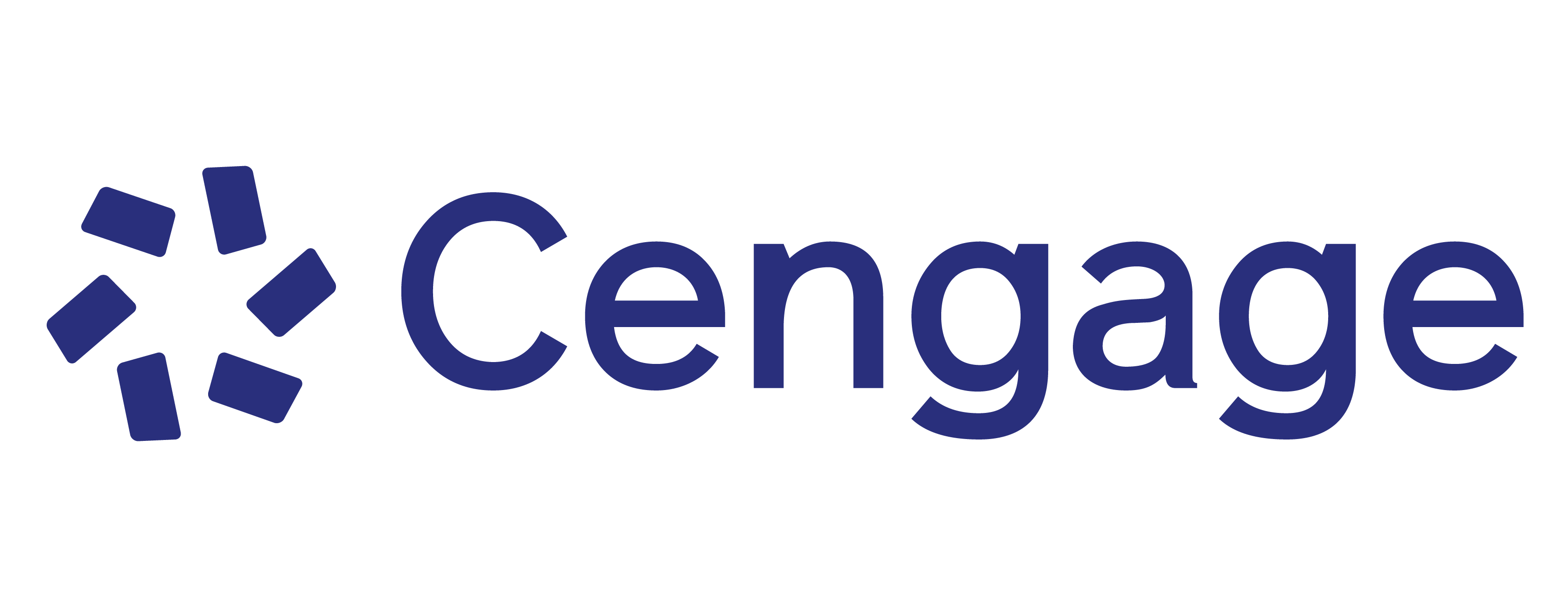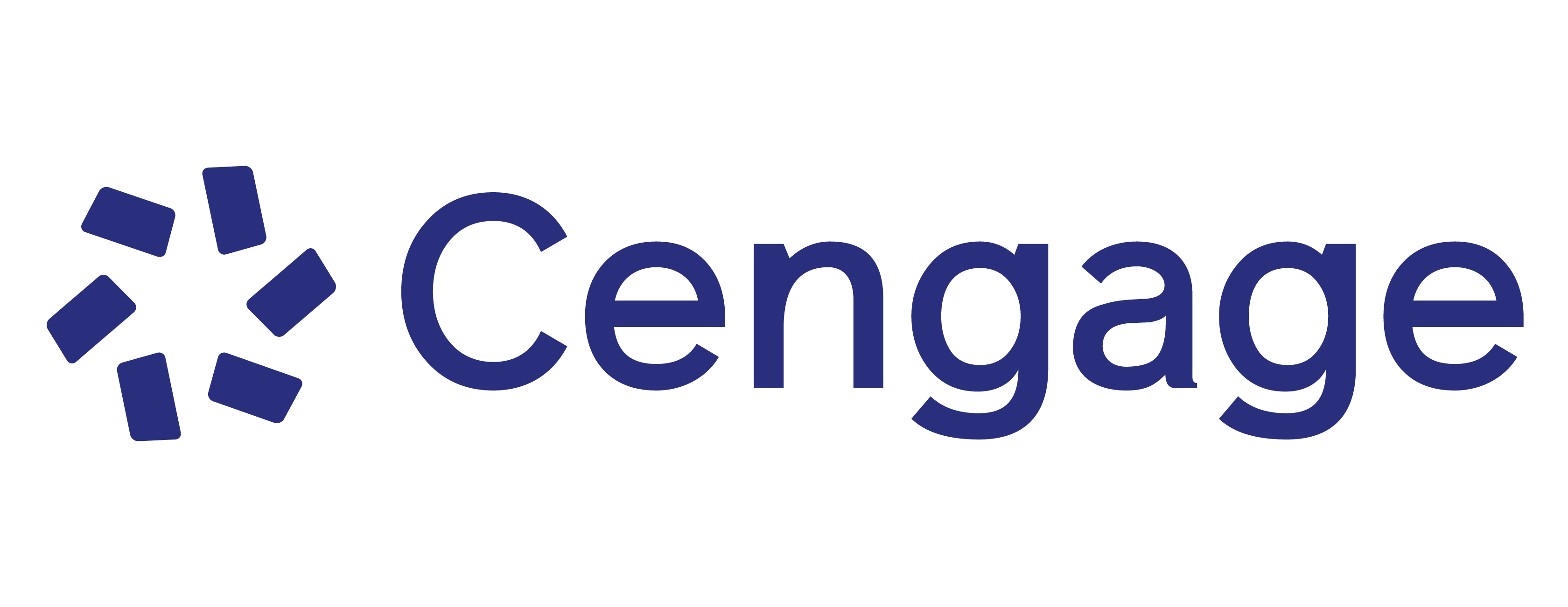Prepare for your future career in nutrition with this bestselling text, making the science of nutrition relatable and meaningful. Whitney/Rolfes/Maier's UNDERSTANDING NUTRITION, 17th Edition, makes the sometimes confusing topic of nutrition easy to understand by offering step-by-step coverage of nutrition concepts and related processes. Vivid illustrations and quick-reference nutrition tables make even the most difficult concepts easy to master. With an understanding of nutrition, you can make healthy choices in your daily life and provide others with accurate information in your professional career.
1. An Overview of Nutrition.
Highlight 1: Recognize Nutrition Misinformation.
2. Planning a Healthy Diet.
Highlight 2: Plant-Based Diets.
3. Digestion, Absorption and Transport.
Highlight 3: Gut Microbiome and the Gut-Brain Axis.
4. The Carbohydrates: Sugars, Starches and Fibers.
Highlight 4: Carbs, kCalories and Controversies.
5. The Lipids: Triglycerides, Phospholipids and Sterols.
Highlight 5: High-Fat Foods -- Friend or Foe?
6. Protein: Amino Acids.
Highlight 6: Nutritional Genomics.
7. Energy Metabolism.
Highlight 7: Alcohol in the Body.
8. Energy Balance and Body Composition.
Highlight 8: Eating Disorders.
9. Body Weight and Health.
Highlight 9: Mindful Eating and Intuitive Eating.
10. The Water-Soluble Vitamins: B Vitamins and Vitamin C.
Highlight 10: Vitamin and Mineral Supplements.
11. The Fat-Soluble Vitamins, A, D, E and K.
Highlight 11: Antioxidant Nutrients in Disease Prevention.
12. Water and the Major Minerals.
Highlight 12: Osteoporosis and Calcium.
13. The Trace Minerals.
Highlight 13: Phytochemicals and Functional Foods.
14. Fitness: Physical Activity, Nutrients and Body Adaptations.
Highlight 14: Supplements as Ergogenic Aids.
15. Life Cycle Nutrition: Pregnancy and Lactation.
Highlight 15: Fetal Alcohol Syndrome.
16. Life Cycle Nutrition: Infancy, Childhood and Adolescence.
Highlight 16: Childhood Obesity and the Early Development of Chronic Diseases.
17. Life Cycle Nutrition: Adulthood and the Later Years.
Highlight 17: Nutrient-Drug Interactions.
18. Diet and Health.
Highlight 18: Complementary and Alternative Medicine.
19. Consumer Concerns About Foods and Water.
Highlight 19: Food Biotechnology.
20. Hunger and the Global Environment.
Highlight 20: Environmentally Friendly Food Choices.
Appendix A: Cells, Hormones, and Nerves.
Appendix B: Basic Chemistry Concepts.
Appendix C: Biochemical Structures and Pathways.
Appendix D: Measures of Protein Quality.
Appendix E: Nutrition Assessment.
Appendix F: Estimated Energy Needs.
Appendix G: Choose Your Foods: Food Lists for Diabetes and Weight Management.
Appendix H: Aids to Calculation.
Appendix I: WHO Nutrition Recommendations.
Appendix J: Healthy People 2030.
Glossary.
Index.
-
Ellie Whitney
Ellie Whitney grew up in New York City and received her B.A. and Ph.D. degrees in English and Biology at Harvard and Washington Universities. She taught at both Florida State University and Florida A&M University, wrote numerous newspaper columns on environmental matters for the Tallahassee Democrat, and coauthored almost a dozen college textbooks on nutrition, health, and related topics, many of which repeatedly reappear as new editions. She spent three decades exploring outdoor Florida and studying its ecology, and then co-wrote PRICELESS FLORIDA: NATURAL ECOSYSTEMS AND NATIVE SPECIES. Now retired, and more concerned about climate change than any other issue, she volunteers full-time for the nonpartisan national nonprofit Citizens Climate Lobby.
-
Sharon Rady Rolfes
Sharon Rady Rolfes received her MS in nutrition and food science from Florida State University. She is a founding member of Nutrition and Health Associates, an information resource center that maintains a research database on more than 1,000 nutrition-related topics. She has taught at Florida State University and coauthored several college nutrition textbooks, including UNDERSTANDING NUTRITION, and UNDERSTANDING NORMAL AND CLINICAL NUTRITION. In addition to writing, she serves as a consultant for various educational projects. Her volunteer work includes delivering food to the hungry and homeless in her community. She maintains her registration as a dietitian nutritionist and her membership in the Academy of Nutrition and Dietetics.
-
Haiyan Maier
Haiyan Maier received her PhD in nutrition from Florida State University. Before that, she earned a BS and MS in environmental engineering and biochemistry from Finland and Germany. She is a Florida State University College of Education, Health and Human Science faculty member, preparing students to be Registered Dietitians and other healthcare professionals. With experience as a Registered Dietitian in public health and disordered eating, she brings expertise in these areas to the new edition.
-
NEW HIGHLIGHTS: Highlight 1 expands its presentation of nutrition misinformation from social media and how it has influenced diet and diet culture in the U.S. Highlight 3 expands the discussion of gut microbiome and their impact on human health. Highlight 4 expands on more information on artificial sweeteners, different types of sugar on a food label and sugar addiction in relation to the gut-brain axis. Highlight 9 discusses the importance and principles of mindful eating and intuitive eating.
-
UPDATED HIGHLIGHTS: Every chapter is followed by a Highlight that provides an in-depth look at a current and often controversial topic related to its companion chapter. Information in each Highlight has been updated to the most recent research findings.
-
THE LATEST RESEARCH: Continuing a tradition of cutting-edge coverage, the text has been thoroughly revised and updated to reflect current research and emerging trends.
-
CURRENT AND RELEVANT: The text introduces the nutrients and thoroughly explains their work in the body. Later chapters equip students to apply that information, describing the role of foods and nutrients in energy balance, disease and chronic condition prevention, food safety, hunger and the overall life cycle with the most current research findings.
-
EMPHASIS ON KEY CONCEPTS: Chapters open with Chapter Outlines and Learning Objectives to help the reader immediately focus on important concepts. Each Learning Objective has been updated with strong objective wording based on Bloom’s Taxonomy. All review features have been reformatted and updated into bullet points to facilitate the capture of key information in the chapter.
-
INCLUSION AND DIVERSITY: The text has been updated to be more inclusive for people with diverse cultural and ethnic backgrounds, covering things such as food items and images, weight-inclusive information and weight-neutral language.


